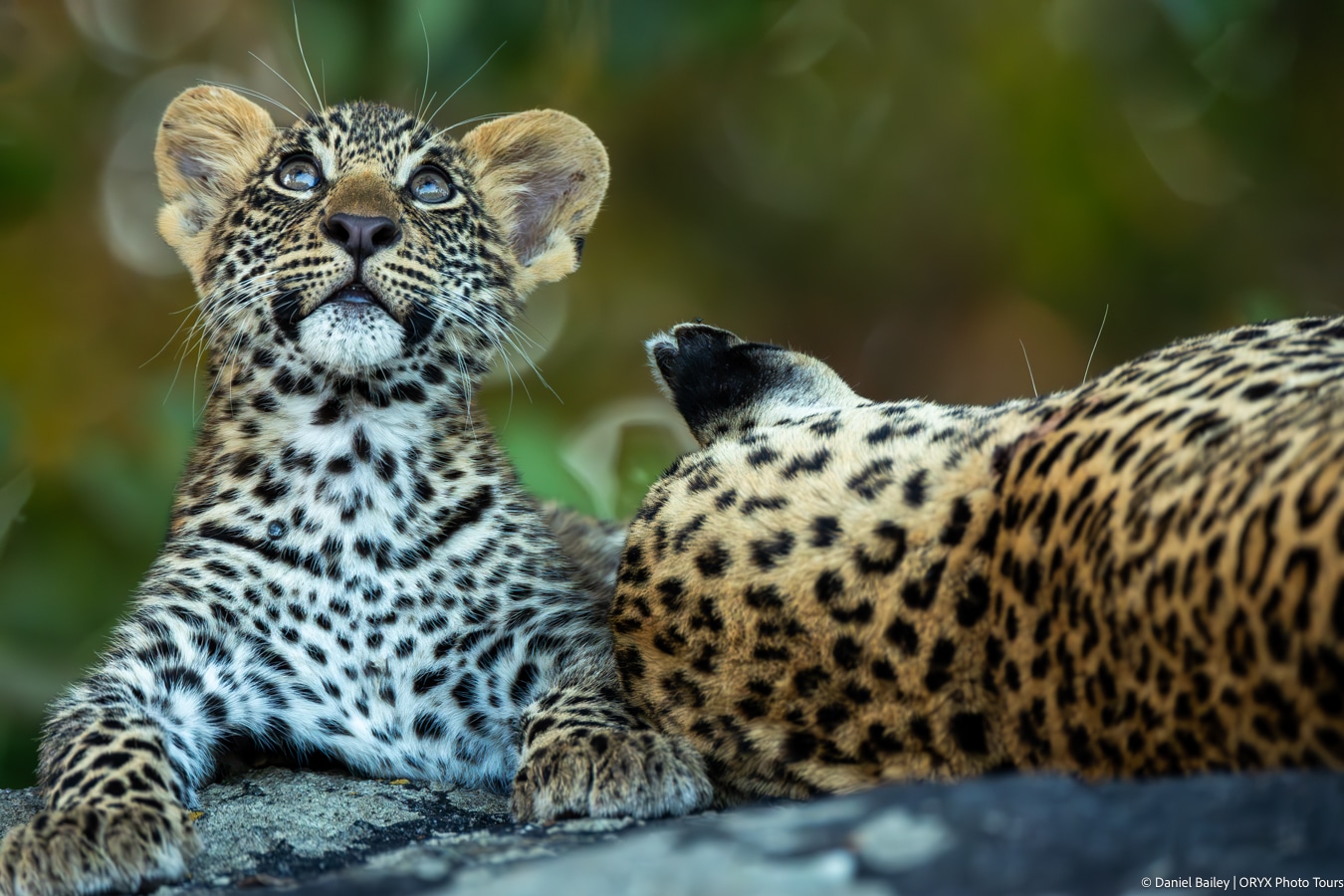
Photographing the Big Five: Tips from a Professional Photographer
Capturing the majesty of Africa’s Big Five—the lion, leopard, elephant, rhinoceros, and buffalo—is a dream for many wildlife photographers. At Luta Tours & Safaris, we understand the thrill of photographing these iconic animals and want to help you make the most of your safari photography experience. Here are some essential tips and techniques from a professional photographer to help you capture stunning wildlife photos on your safari adventure.
1. Know Your Gear
Before you head out on your safari, make sure you’re familiar with your camera equipment. Understanding your gear’s settings and capabilities will allow you to react quickly to changing conditions and fleeting moments.
Tips:
- Practice: Spend time practicing with your camera before your trip, especially if it’s new.
- Settings: Learn to adjust settings such as ISO, shutter speed, and aperture quickly.
- Lenses: Bring a variety of lenses, including a telephoto lens for distant shots and a wide-angle lens for landscapes and close encounters.
2. Use the Right Settings
To capture clear, sharp images of the Big Five, it’s crucial to use the appropriate camera settings.
Tips:
- Shutter Speed: Use a fast shutter speed (1/1000th of a second or faster) to freeze motion, especially for moving animals.
- Aperture: A wide aperture (f/2.8 to f/5.6) helps create a shallow depth of field, isolating your subject from the background.
- ISO: Adjust your ISO based on the lighting conditions. Higher ISO settings can be used in low light but be mindful of potential noise.
3. Focus on Composition
Composition is key to creating compelling wildlife photos. Pay attention to the framing and placement of your subjects within the shot.
Tips:
- Rule of Thirds: Place your subject off-center, along the intersections of the rule of thirds grid, to create a more dynamic image.
- Leading Lines: Use natural lines, such as roads or rivers, to draw the viewer’s eye towards the subject.
- Background: Ensure the background is uncluttered and complements the subject. Avoid distracting elements that can take focus away from the main subject.
4. Be Patient and Observant
Wildlife photography requires patience and a keen eye. Spend time observing animal behavior to anticipate their movements and capture unique moments.
Tips:
- Wait for the Right Moment: Be prepared to wait for the perfect shot. Patience often results in capturing extraordinary behaviors and interactions.
- Study Behavior: Learn about the habits and behaviors of the Big Five. Understanding their routines can help you predict their actions.
- Stay Ready: Always have your camera ready and keep your finger on the shutter, as wildlife can be unpredictable.
5. Make the Most of Light
Lighting can make or break a photograph. The best times for wildlife photography are during the golden hours—early morning and late afternoon—when the light is soft and warm.
Tips:
- Golden Hour: Plan your shoots during sunrise and sunset for the most flattering light.
- Avoid Harsh Light: Midday light can be harsh and create strong shadows. If you must shoot during this time, try to find shaded areas.
- Backlighting: Experiment with backlighting to create silhouettes and add drama to your photos.
6. Respect Wildlife and the Environment
While capturing stunning photos is important, respecting wildlife and their habitats is paramount. Follow ethical guidelines to ensure minimal disturbance.
Tips:
- Keep Your Distance: Maintain a safe and respectful distance from the animals. Use your telephoto lens to get close-up shots without disturbing them.
- Avoid Flash: Refrain from using flash, as it can startle and distress wildlife.
- Follow Guidelines: Adhere to the guidelines set by your guide and the park authorities. Respecting their rules ensures the safety of both the wildlife and yourself.
7. Edit Thoughtfully
Post-processing is an essential part of wildlife photography. Thoughtful editing can enhance your images, bringing out the best in your shots.
Tips:
- Software: Use editing software like Adobe Lightroom or Photoshop to enhance your photos.
- Adjustments: Make basic adjustments to exposure, contrast, and color balance. Avoid over-editing to maintain a natural look.
- Cropping: Crop your images to improve composition and focus on the subject.
Ready to Capture the Big Five?
With these tips in hand, you’re ready to embark on a photographic safari adventure with Luta Tours & Safaris. Our expert guides will take you to the best spots for wildlife photography, ensuring you have ample opportunities to capture the Big Five in all their glory.
Want to experience the thrill of photographing the Big Five? Contact Luta Tours & Safaris today and let us help you plan the ultimate wildlife photography safari.
Follow us on social media for more exciting updates and travel inspiration:
- Facebook: @LutaTours
- Instagram: @LutaToursKenya
#WildlifePhotography #BigFive #SafariPhotography #PhotographyTips #ExploreKenya #LutaTours #AfricanSafari #NaturePhotography #CaptureTheWild





